- March 22, 2018
- By Sala Levin ’10
Imagine it: The University of Maryland campus without any women. Not in lecture halls or dining halls, not in front of a classroom or taking notes on a laptop, not strolling down McKeldin Mall or shooting baskets at the Xfinity Center. Today it seems like the premise of a science fiction television show, but it was reality at UMD for decades. In honor of Women’s History Month, we’re taking a look at some of the female pioneers in UMD’s history, turning what was once an all-male institution into a university where women can—and do—flourish.
Student Trailblazers
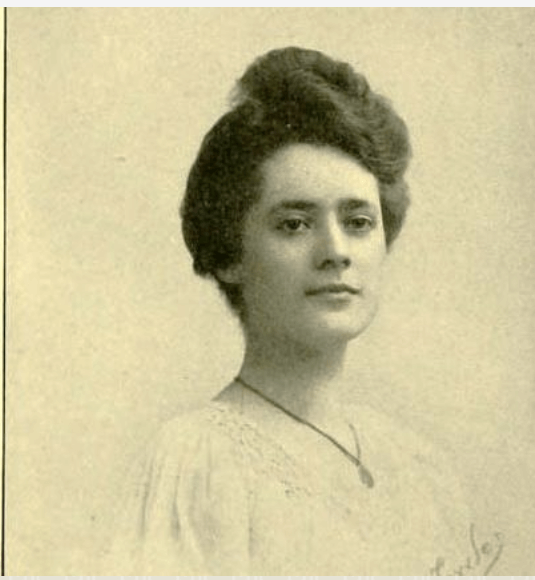
Flora Darling: Believed to be the first woman to take classes at the Maryland Agricultural College back in 1907, Flora Iris Darling lived up to her name by studying floriculture. The yearbook included an appropriately florid paean to her from her male counterparts: “So sweetly beautiful, so beautifully sweet, so demure, so daintily feminine is she that we all reverence her, we all adore her, we all love her, and we are sure we would all die for her if she would only give us the chance.”
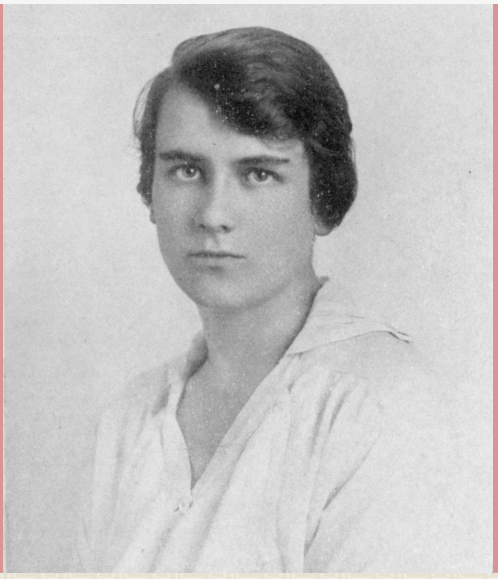
Charlotte Vaux and Elizabeth Hook: In 1916, Charlotte Vaux and Elizabeth Hook diversified the Maryland State College of Agriculture by becoming the first women to officially enroll. Hook, who graduated with a four-year degree in entomology, kept busy during her tenure: She helped found the campus’ first sorority, Sigma Delta, served as class secretary, was a reporter for the student newspaper, and participated in the Agricultural Club and the New Mercer Literary Society. Vaux, who graduated in 1918 with a two-year degree in agriculture, was class historian.
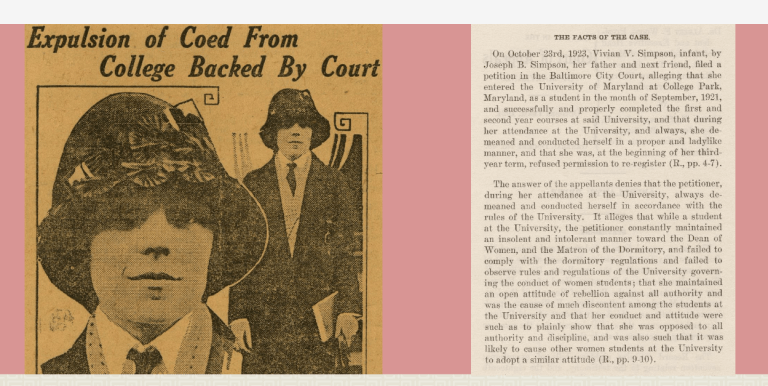
Vivian Simpson: Although Vivian Simpson never graduated from Maryland, she made her presence known during her two years on campus in the early 1920s. She flagrantly flouted (and encouraged others to flout) the rules for female students, including a policy that women turn off their room lights at 9:30 p.m. and a ban on smoking, and—gasp!—was rumored to welcome gentleman callers while dressed in a kimono. When Maryland kicked her out for her behavior, Simpson filed a lawsuit against the university to be allowed to re-register—but lost.
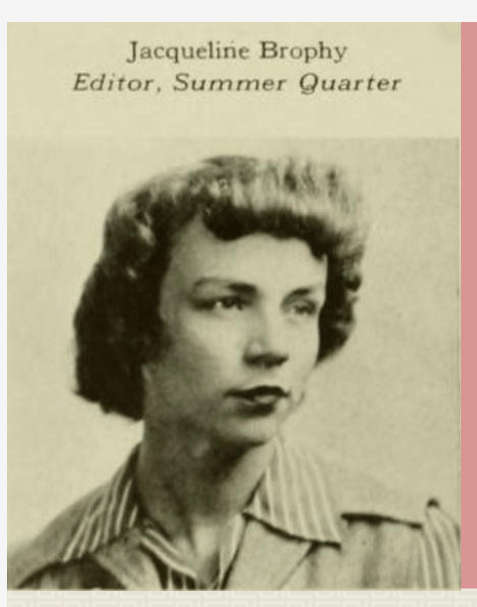
Jackie Brophy: Though The Diamondback had female staffers before 1944—Betty Amos ’26, was girls’ editor during her senior year—it wasn’t until that year that a woman, Jackie Brophy, held the position of editor-in-chief.
Faculty Who Changed UMD—and the World
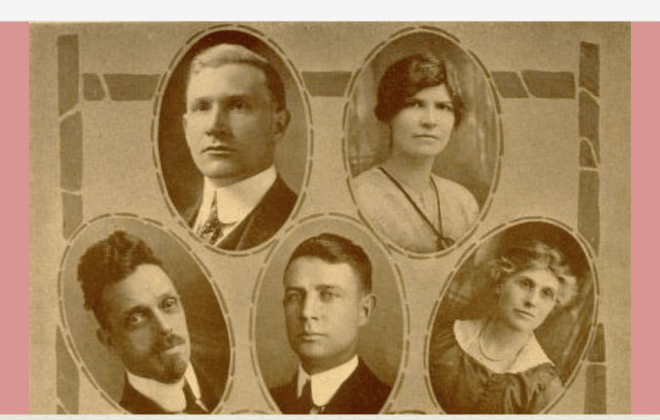
Agnes Saunders and Frieda Wiegand: Maryland’s first female faculty members, Saunders and Wiegand joined the university in 1919. Saunders was a professor of home economics and acting dean of the School of Home Economics for the 1919 school year, and Wiegand was an assistant professor of textiles and clothing.
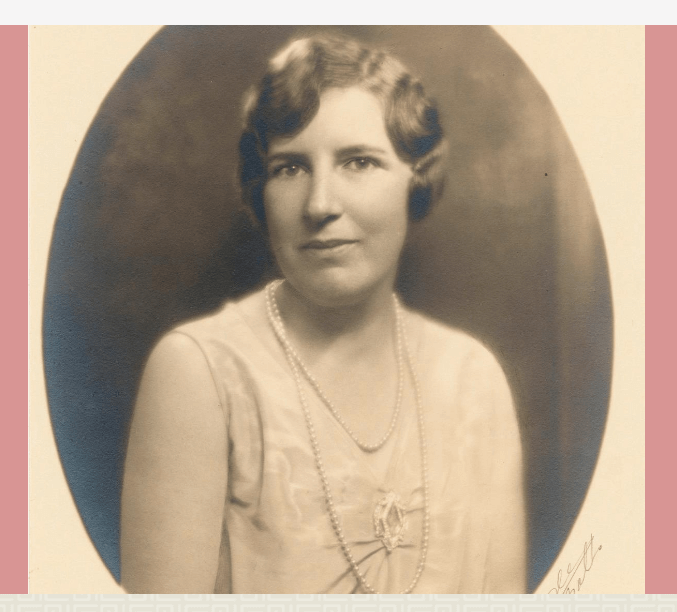
Adele Stamp: When Adele Stamp became Maryland’s first dean of women in 1922, 93 women were enrolled at the university. Stamp’s job was to enrich those women’s experience and education, and in doing so she started several UMD traditions, including its May Day celebration, when a senior was crowned May Queen and soon-to-be graduates were feted with costumed performances. She also launched Maryland’s Women’s Student Government Association and the Senior Honor Society, which became the Mortar Board National Senior Honor Society, and she played a significant role in introducing women’s athletics to UMD. But Stamp wasn’t all May Day celebrations and sports: She had a cautious streak. When bacteriology student Bernice Bedrick ’38 had her appendix removed in 1936, Stamp refused to let her return to campus for a year, citing concern over a possible infection. Stamp worked at Maryland until her retirement in 1960.
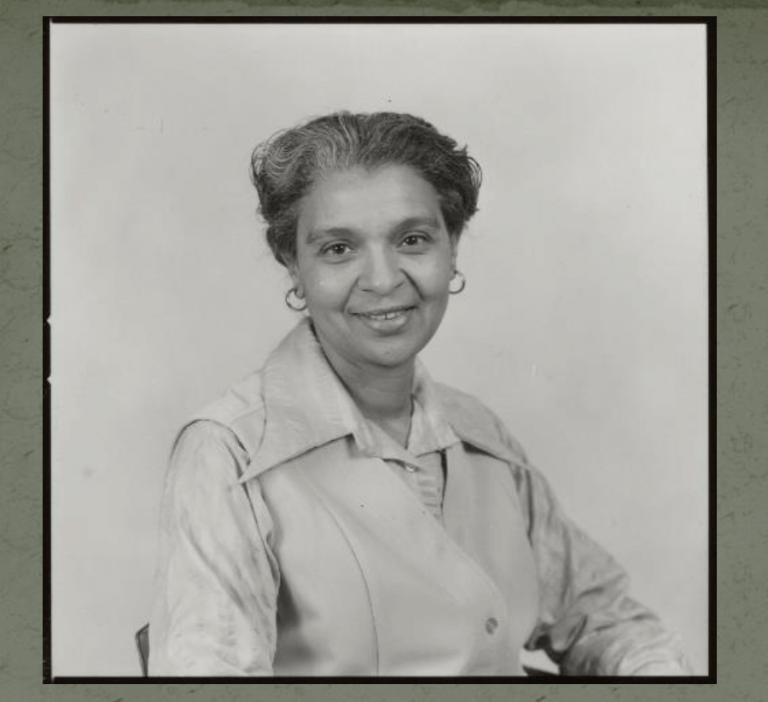
Alma Preinkert: In 1936, Alma Preinkert became Maryland’s first woman registrar, eventually responsible for the records of some 42,000 students. She continues to be remembered not just for her work on campus but for her shocking death: In 1954, an intruder entered her Washington, D.C., home and killed her during an apparent bungled burglary. Her funeral was the first held in Memorial Chapel, and the month after her death, the Board of Regents voted to name the women’s field house—still known as Preinkert Hall—and the street on which it sits, Preinkert Drive, for the registrar. Her murderer was never found, and the case is still considered open—but very cold—by the police.
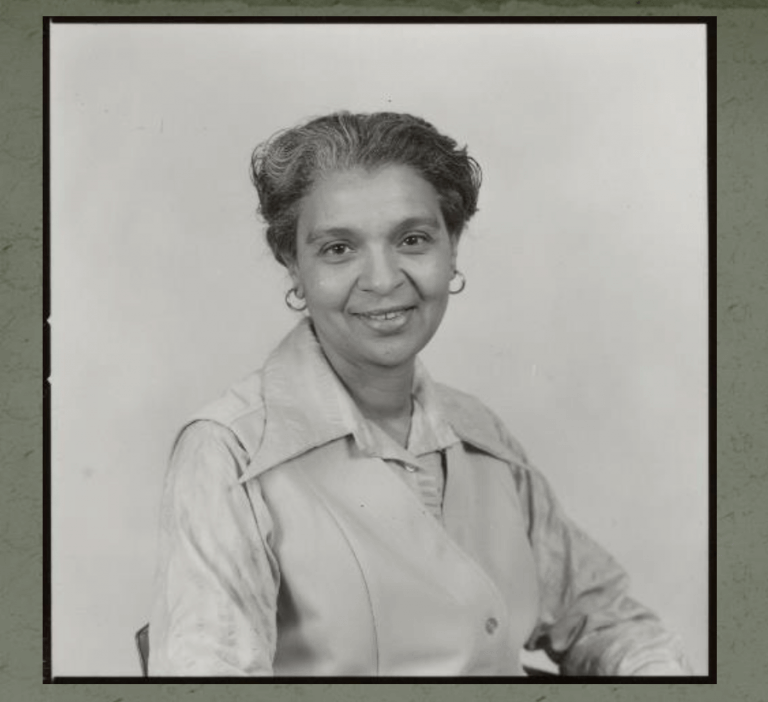
M. Lucia James: In 1965, M. Lucia James became the first African American, male or female, to be named a full professor at UMD. A professor of education, James was the founder and director of the College of Education’s Curriculum Laboratory, which provided teachers and students in the state with lesson plans, books and other materials. James taught at UMD until her death in 1977.
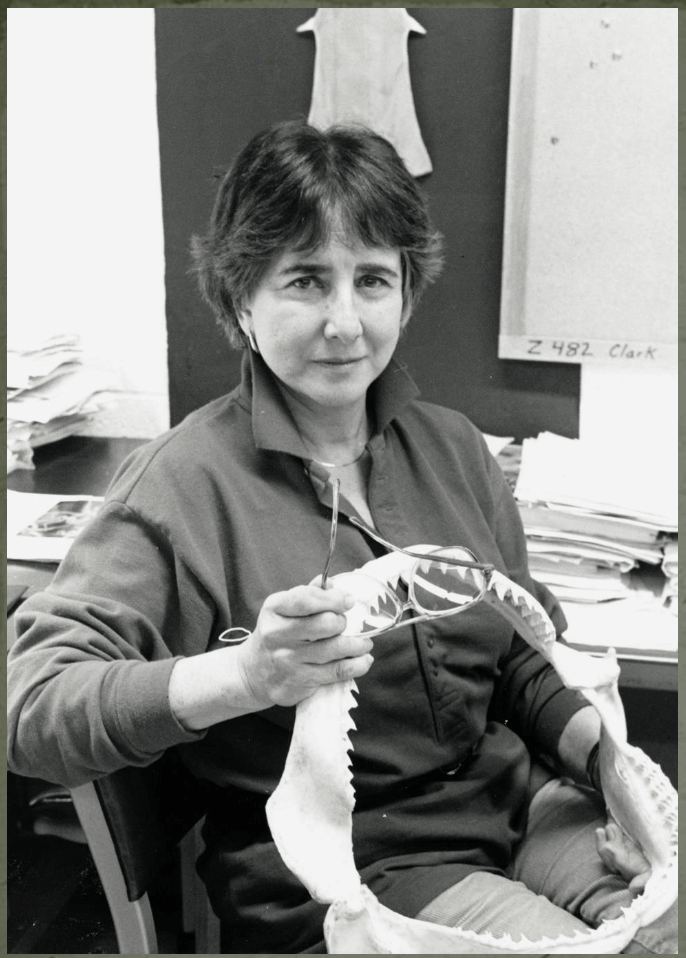 Eugenie Clark: “Shark Lady” may not be a nickname most people aspire to, but, well, most people don’t love sharks as much as Eugenie Clark did. A UMD faculty member from 1968 to 1992, the marine biologist pioneered the use of scuba gear to conduct research underwater and made tremendous contributions to the study of aquatic life—especially sharks. “Before Clark, the animals were considered both dumb and deadly,” National Geographic wrote when she died in 2015, adding that “perhaps Clark will be most remembered for a courage driven by curiosity.”
Eugenie Clark: “Shark Lady” may not be a nickname most people aspire to, but, well, most people don’t love sharks as much as Eugenie Clark did. A UMD faculty member from 1968 to 1992, the marine biologist pioneered the use of scuba gear to conduct research underwater and made tremendous contributions to the study of aquatic life—especially sharks. “Before Clark, the animals were considered both dumb and deadly,” National Geographic wrote when she died in 2015, adding that “perhaps Clark will be most remembered for a courage driven by curiosity.”
University Archivist Emerita Anne Turkos contributed to this story. Photos courtesy of University Archives.
